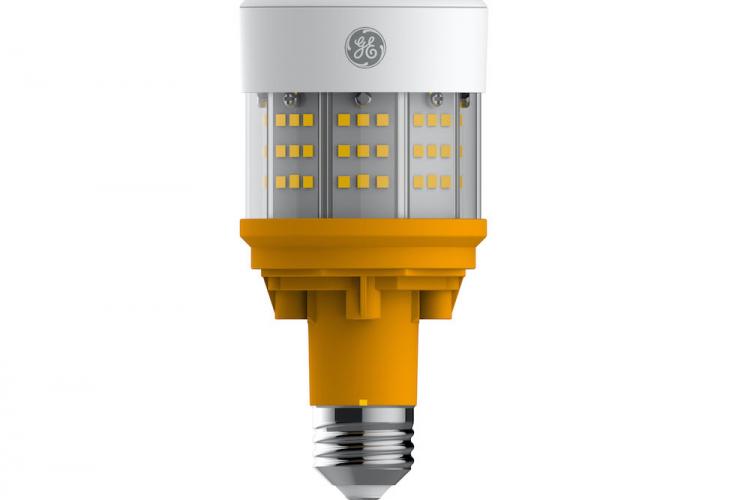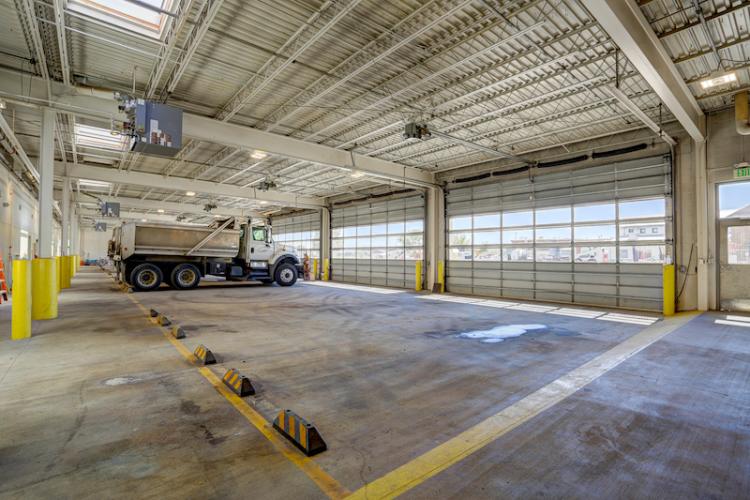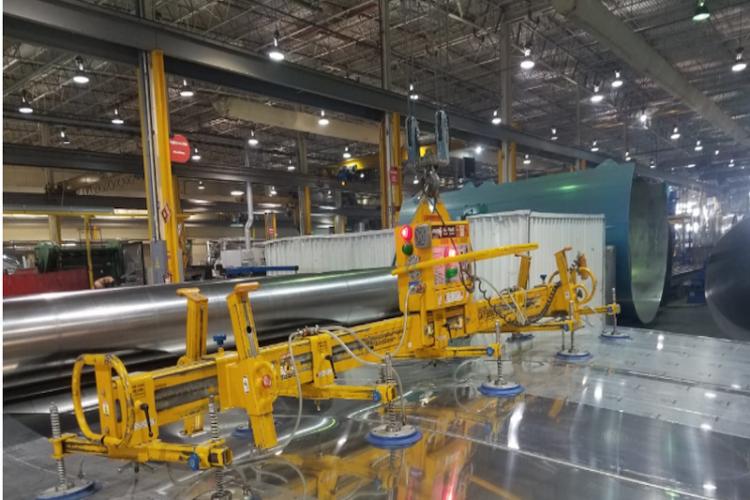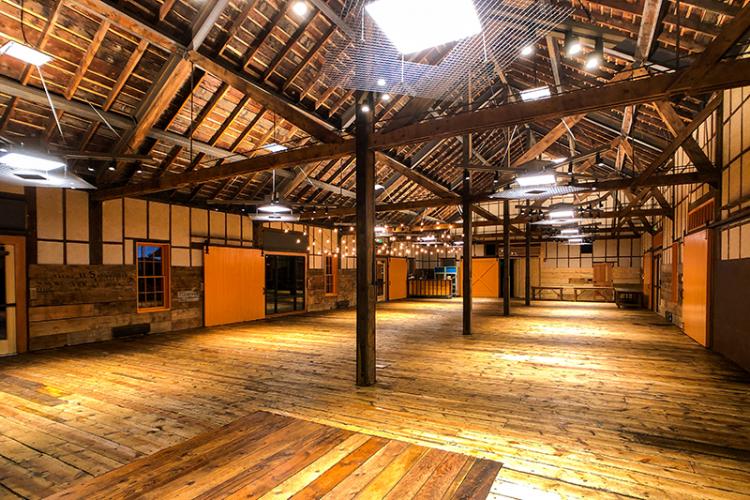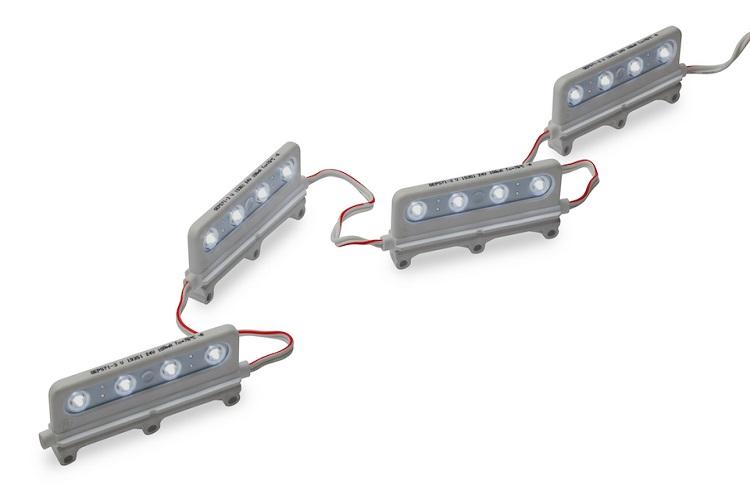Picking an LED Tube Replacement: Essential Facts You Need to Know
Picking an LED Tube Replacement: Essential Facts You Need to Know
Are all 4 ft. LED tubes the same?
Only in that they are all 4 feet long, otherwise there are many differences. It is difficult for the customer to judge the quality of the LED tubes being offered since they all often look the same, especially in the beginning.
But the company says they are LM-80 and TM-21 tested.
LM-80 is 6,000-hour testing (minimum) that the LED chip maker carries out. All LED chips on the market come with LM-80 test data. TM-21 is a mathematical curve-fitting model that extends the 6,000-hour data to predict when the LED will go down to 70% of its lumen rating (L70). There is no actual lamp testing (long-term burning) required for the LED tube manufacturer to make life claims. Most claims are projections based on chip testing carried out on the raw LED chips, not on the finished lamp.
On what basis are they predicting a life-rating?
TM-21 forecasts the L-70 point, but TM-21 also asserts that L-70 claim is only valid for six times the test duration for the chips. If the chips have been burned 6,000 hours, you can “report” L70 as >36,000 hours. However, a projection is different from a reported life, and you can project whatever you want with the tool—50,000 hours, 100,000 hours—but you cannot “report” it as life. Unfortunately, most people in the industry do not seem to be adhering to this distinction. L-70 is not a product life-rating—just a projected lumen degradation on the chip. There are many more factors involved in lamp life.
Do all LED tubes last as long?
It is important to distinguish between the life rating of a product and the actual life a typical user will experience. The correctness of a rating is a function of how robust the product is, how much margin there is in design, etc. Many LED tubes are routinely rated at 50,000 hours. Current is one of the first to increase the life rating of many tubes to 70,000 hours, based on confidence in the design. Current also has a value offering of certain tubes that are now rated to 50,000 hours.
That is the life of the LED chips; what about driver failures?
Exactly! The life-limiting mechanism today is generally driver failure, not chip failure. Some LED makers use the cheapest driver available without much testing. Current spends resources on its rigorous driver component testing program and selects high-quality components because of the awareness that a tube is only as good as its weakest link. Current also qualifies its driver components at elevated temperatures, subjecting them to stress testing to ensure a margin of comfort. This is unlike many manufacturers who do no driver testing at all. Driver life depends on power quality and the presence of voltage transients in the building where the tubes are used—and the quality of surge protection built in for the drivers, which varies among manufacturers.
Aren’t there industry groups like DLC that assure the customer of product quality?
DLC, or Design Lights Consortium, lists products that satisfy certain criteria like initial lumens, LPW and beam distribution. DLC also requires that manufacturers submit the LM-80 document for the chips used and measure the temperature of the hottest chip in the lamp for TM-21 predictions. Manufacturers must also provide a written 5-year warranty, but the warranty does not need to be backed by any actual life testing or data on lamp life.
Does Current perform its own LED chip testing?
Current does its own reliability testing, stress testing and life testing of the chips prior to qualifying them for use in its products. Current will reject chips based on light output, color shift and light depreciation. In recent years, based on its own stringent requirements, Current has been qualifying only about one-third of the chips it tests without any restrictions, and another third with some form of restriction. Most LED tube manufacturers do no testing on the chips they purchase, simply accepting the data sheets provided with those chips.
What is stress testing?
LED performance over time is very dependent on temperature. The amount of thermal heat sinking provided by the manufacturer is critical in determining LED performance over time. Current’s stress testing involves burning at elevated temperatures, high humidity testing, thermal shock (rapid cooling and heating) and more. Current “tests to fail” rather than “testing to pass,” which is the philosophy of doing only the minimum necessary to pass industry requirements.
Isn’t my warranty proof of product quality?
No. There are many instances of customers going to register warranty complaints and discovering that the company does not exist anymore. Yes, DLC requires a written warranty, but it cannot ensure that the manufacturer stays in business or will honor the warranty. A warranty is a just piece of paper unless backed up by the company behind it.
Do all LED tubes have the same light output?
No. Typically, the manufacturer will offer several different wattages, for example, 12W, 15W and 18W. But even if you compare 15W tubes from different manufacturers, there may be large differences in the lumen output. Because of the volume of sales, Current is able to constantly upgrade LED chips to the latest and best LEDs. This is particularly significant in a technology that is rapidly changing. A Current tube assures that you have state-of-the-art components and the best performance possible on that day.
Is a fluorescent fixture going to look good with LED tubes?
Today’s LED tubes look very similar to fluorescent; early tubes were ugly with “dots” of light pointed downwards. The major difference is fluorescents emit light all around, whereas LEDs will generally have an opaque area (strip) at the back. The width of this strip varies by manufacturer and the light distribution from the fixture might be affected as a result. It is best to do a mockup and make sure that light distribution as well as fixture appearance are acceptable. Also understand that it is possible to insert LED tubes upside down with the opaque backing showing; this is an installation error and reduces the light coming out of the fixture.
What light output or wattage should I pick?
In picking an LED tube, it is important to ensure that (1) light levels in the space (footcandles) are adequate and appropriate, and (2) the distribution of light from the fixture is acceptable. The most common replacement is to use an LED tube that produces the same lumens as the previous fluorescent lamp. This calculation is not simple and is difficult to verify. As a result, some vendors talk about energy savings and not light levels; they have been offering solutions that have poorer light levels, but faster payback. But it is important for the end user to protect light levels unless the space was overlit initially. Do a mock-up in an area and see if the light levels are acceptable—better still, measure light levels with a light meter. Do not mindlessly pick the cheapest lamp or the lowest wattage lamp searching for the fastest payback solution.
Should I pick glass or plastic?
Glass is sturdier (though more fragile) and avoids some slight “sagging” that may develop in plastic tubes. However, both are acceptable choices for most applications.
What does UL Approved mean?
First, there is no such thing as “UL Approved.” UL (Underwriters Laboratories) has “UL Certified” and “UL Listed” as marks. A fixture may be UL Certified, but a component like a ballast or an LED tube will be UL Listed. UL is primarily concerned with safety requirements. UL listing is unconcerned about long-term product performance or any kind of life testing. They don’t care if the product lasts 1,000 hours or 100,000 hours.
All LED tubes are listed as UL Type A, Type B or Type C. Type A operates on fluorescent ballasts, Type B is direct wired to the mains with the ballast or driver being located inside the tube, and Type C operates on its own dedicated external LED driver.
Should I pick Type A, B or C?
Type A LED Tubes involve the least amount of labor but could have tube-ballast compatibility issues and has the additional drawback that when the fluorescent ballast fails, you must go shopping for a new one to run your LED tubes. Type B requires removing the ballast and a lot of rewiring of the fixture by a certified electrician. There is a misunderstanding that Type B eliminates the ballast, but in reality the LED driver is now inside the tube, presenting its own problems with all the electronics crowded into the tube itself. A Type C dedicated standalone driver is going to be most robust solution and is also compatible with control systems for improved dimming performance.
What are some specific concerns regarding Type B tubes?
When a fixture is converted to Type B (i.e., it is wired with the line voltage directly coming to the socket with no ballast in between), UL requires that the fixture have a sticker declaring that it has been rewired this way. This is to avoid having a maintenance person accidentally replace the LED tube with a regular florescent tube. If this happens, there is a chance of the tube firing up and shattering, which is a potential injury concern for the installer. If a Type B tube is accidentally installed in a fixture with a fluorescent ballast or driver in it, it could present a fire or safety hazard. Finally, when one end of a Type B tube is inserted in the socket, the other end could become electrically hot and deliver a dangerous shock to the installer (who may have failed to turn off the power to the fixture as required). The Current Type B double-ended solution addresses all three of these safety concerns with specific mechanisms. Details can be found on the Type B LED Tube webpage.
What about the quality of light from the LED tubes?
The quality of light from most LED tubes is comparable to that from the fluorescent tube. Most tubes have a diffuse covering, shielding the LED from direct sight. Cheaper manufacturers may use LEDs that have a larger color spread, but because of the number of actual LED chips in a tube, the color variation averages out. However, color shift with burning can be an issue, and it can also vary from chip to chip. Current does its own testing and only selects chips that have minimal color shift. Current also offers a line of LED tubes that have 90 CRI (Color Rendering Index)—with reveal® TriGain™ —compared to 70 or 80 CRI from most manufacturers. This is a patented technology using a specially engineered phosphor that enhances reds brilliantly and gets to 90 CRI without compromising efficacy, as happens with other technologies.
What about the quantity of light from the LED tubes?
Light quantity is measured in lumens. Lumens divided by watts gives lumens per watt (LPW), a measure of efficacy of the LED tube. The higher the LPW, the more light you are getting for the same wattage. Many Current tubes will have higher efficacy than other tubes. They may all be the same wattage, but Current tubes generally will have higher light output. Do not buy tubes just based on wattage. You must consider the lumen output. Also, a poorly engineered LED tube with insufficient heat-sinking can result in faster lumen depreciation resulting in lower light levels after a few years compared to a well-engineered tube.
Is there a difference between LED footcandles and regular footcandles?
This simple answer is no. There is only one measure of footcandles. At very low light levels (scotopic vision), we may need to correct the definition, but at normal light levels encountered in indoor spaces, no correction is necessary or appropriate. Some LED sellers claim that LEDs look brighter even at the same footcandles and therefore suggest lowering footcandles. This is an attempt to get faster paybacks. Customers are well advised to pay attention to light levels and should be very wary of dropping footcandles in the space because productivity, retail sales and the well-being of occupants can be affected. LEDs are so efficient that we should make use of this to get to good or better light levels without worrying as much about energy consumption.
Is Current able to provide “Assembled in USA” LED Tubes?
Yes. If requested, Current has Type A LED tubes assembled in our factory in Ohio and will be glad to provide them for projects.
What is the bottom line?
Given that there are hundreds of manufacturers in the U.S. market trying to offer the cheapest LED tubes possible, it is important to educate yourself on the options and not make decisions based purely on price. Current tubes are robust, responsible and reliable. You cannot go wrong selecting Current LED tubes, whether they are Type A, Type B or Type C.



